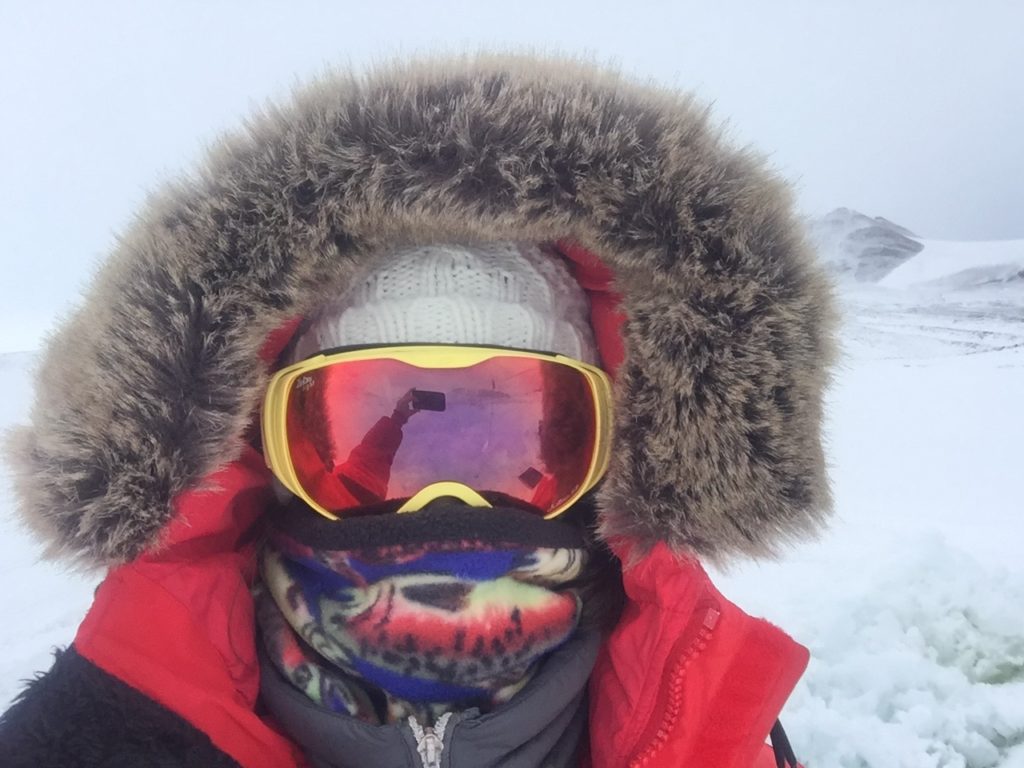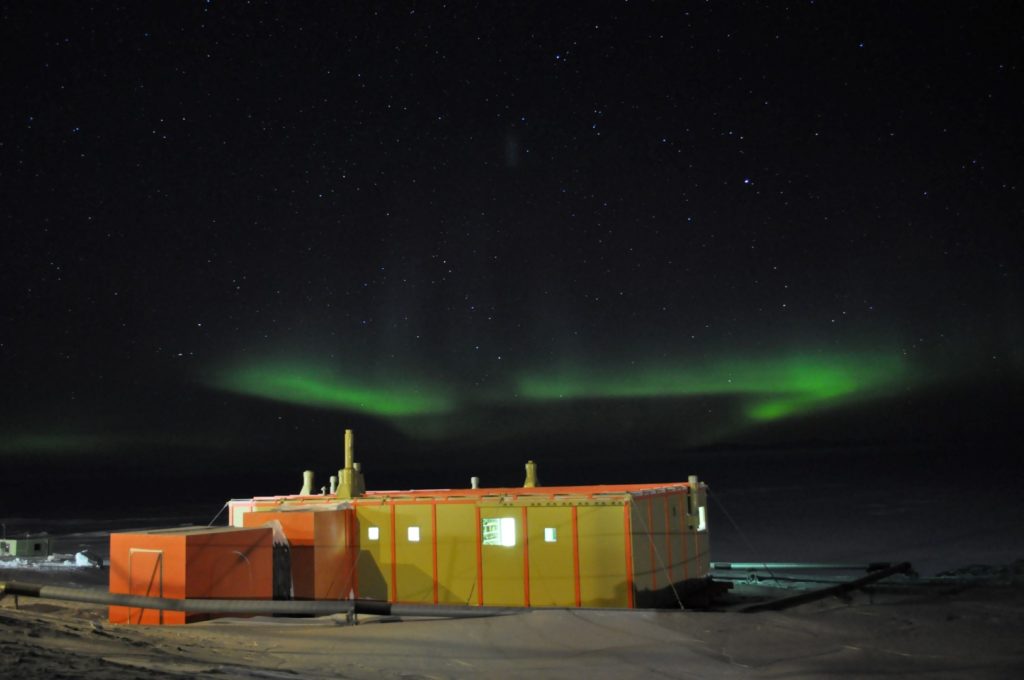A new interactive 360 experience offers a glimpse into the lives of researchers working in Antarctica.
In 1955, Sir Edmund Hillary, a New Zealand mountaineer and explorer, led a group of researchers called the Commonwealth Trans-Antarctic Expedition team into Earth’s coldest continent, where the Austral summer temperatures are consistently below 0° C (32 °F), and that’s on a good day. A bad day could include white out blizzards, sub 0° weather, and countless environmental hazards.
As you would guess, protection from Antarctica’s environment is crucial.
Hillary’s first priority was to build some form of shelter that would keep him and the team of researchers safe during their long stays. And thus Scott Base was established. What began as a small hut has since expanded into a large research facility surrounding Sir Edmund Hillary’s original shelter. Now, for the first time ever, Hillary’s hut will be open to the public via a new VR experience from the Antarctic Heritage Trust.
Developed in partnership with the Trust and Auckland University of Technology over a two year period, the educational VR experience transports you to the frozen tundras of the Antarctica where you can explore Hillary’s original hut. Upon launching the experience, you’ll be hit with the sound of sub-zero winds, sending a cold chill down your spine while setting the tone for the rest of the experience. A voice over then welcomes you to the experience before providing some important survival information, such as why Hillary chose to make the hut brightly colored.
Those interested can access a simplified version of the experience free on iOS using a compatible head-mounted display or the fully interactive edition on PC VR using a SteamVR compatible headset such as the HTC Vive.
The moment you enter Hillary’s hut, you’ll be greeted by Peter Hillary, the son of Sir Edmund Hillary, who tells you that the VR experience is an exact replica of the hut as it looked in 1957 when his father was stationed there. The tour will take you through five different rooms of the base, which looks more like a mobile home than a hut. You’re free to walk throughout the narrow rooms of the historic location and view hundreds of artifacts from the early years of New Zealand’s Antarctic program while learning more about New Zealand’s first presence in Antarctica.

Amanda Andreas, an Antarctic Foraminifera Researcher and PHD Candidate of Environmental Health Sciences at the University at Albany’s School of Public Health who has been to Scott Base and seen Hillary’s hut in-person, told VRScout, “Everyone who visits remarks how well preserved Scott’s hut is, but it’s true. It’s so cold and so dry in Antarctica that it’s like a natural dehydrator,” Andreas adds,” The hut is untouched and visiting it is like stepping back into a slice of history.”
Antarctic Heritage Trust’s VR app captures all of this. Each portion of the experience has been meticulously designed to deliver a realistic recreation Hillary’s original expedition. Normally, it would be difficult to explain how Hillary and his team slept, prepared food, and stayed connected to the lives they left behind; this educational experience offers a rare look into their harsh world by immersing us in the freezing cold tundras of the Antarctic.
“Being a researcher in Antarctica is an otherworldly experience. Even seemingly small daily tasks need to be carefully planned. Being a field researcher in Antarctica means being one part scientist, one part explorer, and one part survival expert. Living in the field for months at a time is challenging. This VR app gives you an insight into how these early explorers survived. It’s cold and it’s isolated, and it’s so so quiet,” said Andreas.

Professor Barbara Bollard from Auckland University of Technology, who helped collect the data to create the VR app, explained in a press release how seeing Hillary’s base in photos or described using words doesn’t have the same level of impact as visiting the hut in-person. Antarctic Heritage Trust’s VR app creates a greater awareness and appreciation of the importance and value of these historic locations.
The Hillary’s hut VR experience, “will bring a unique Antarctic experience to thousands of people who otherwise could not get there,” said Principal sponsor Ryman Healthcare’s Chief Executive Gordon MacLeod. “Sir Ed’s hut is part of the rich history of Antarctic exploration and we will be taking this experience to as many of our residents as we can. I am sure they are going to love it.”
You can download a simplified version of the Antarctic Heritage Trust VR app via the Apple App Store or the fully interactive edition via Steam.
For more information on Antarctic Heritage Trust, visit www.nzaht.org.
Image Credit: Antarctic Heritage Trust
The post Visit The Coldest Place On Earth With Antarctic Heritage Trust’s Antarctic VR Experience appeared first on VRScout.
from VRScout https://ift.tt/3fmGp7V
via IFTTT
No comments:
Post a Comment